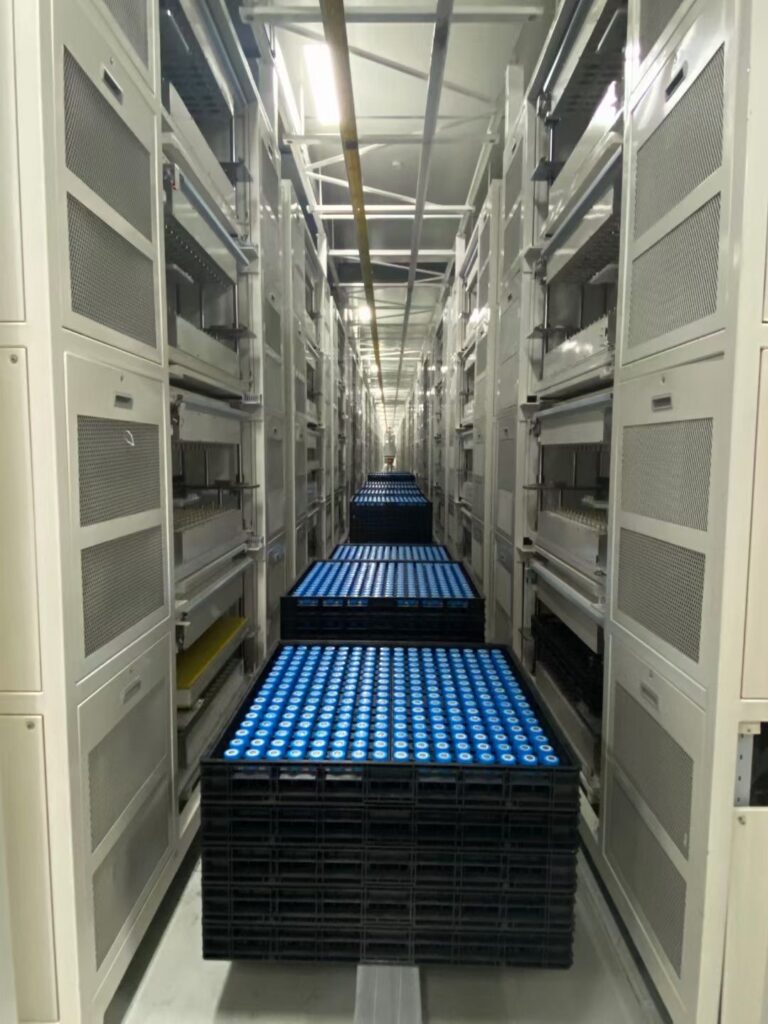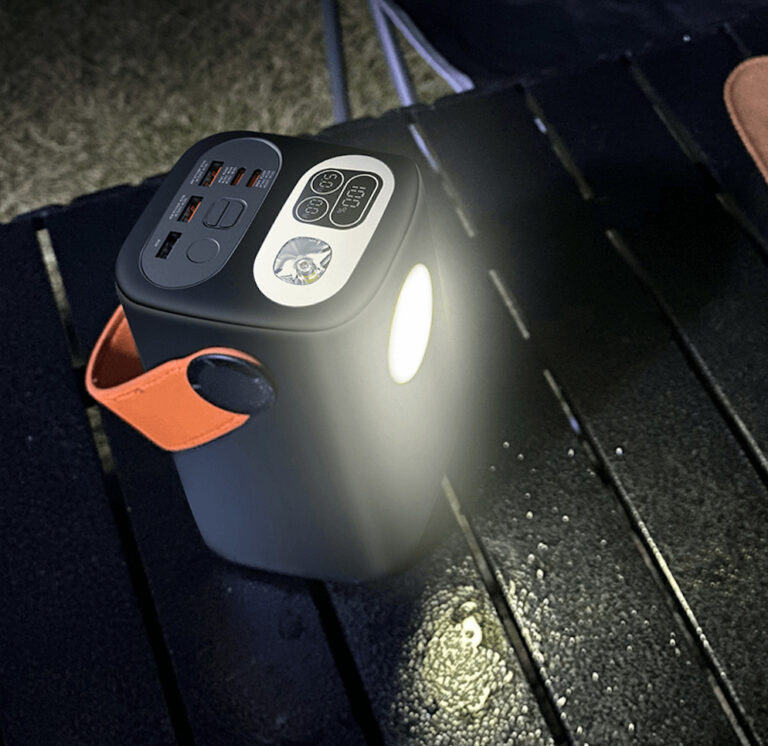Ensuring Top-Notch Quality: Comprehensive Power Bank Testing Process
Key Life Test
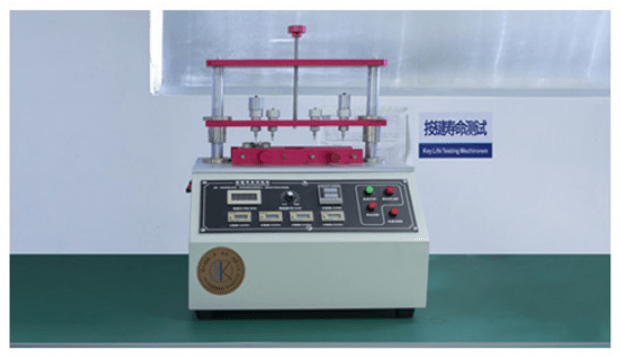
The Key Life Test is used to evaluate the durability of buttons on a power bank. This test simulates repeated pressing of the buttons to ensure they can withstand a specified number of cycles without failure. The testing process involves a mechanical apparatus that repeatedly presses the buttons at a controlled force and speed until the set cycle count is reached. The result helps determine the longevity of the buttons under normal use conditions.
Overcharge Test
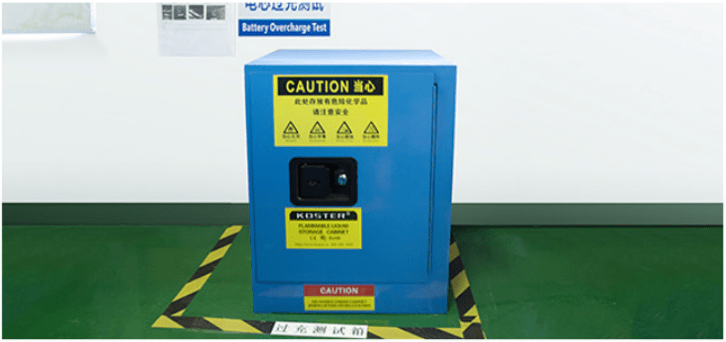
The Overcharge Test assesses the safety of the battery cell when charged beyond its maximum voltage. This test involves charging the battery cell to a voltage higher than its rated capacity to monitor its behavior under extreme conditions. The primary goal is to ensure that the battery does not overheat, swell, or catch fire. This test is crucial for ensuring the safety of the power bank during accidental overcharging scenarios.
Overdischarge Test
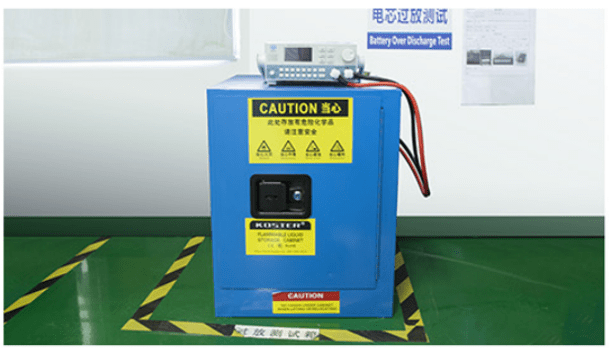
The Overdischarge Test checks the battery cell’s performance when discharged beyond its minimum voltage limit. The battery is intentionally discharged to a voltage lower than the manufacturer’s specified cutoff to observe its reaction. The test ensures that the battery can handle deep discharges without causing damage or reducing its lifespan, thus safeguarding the power bank’s overall performance.
Short-Circuit Test
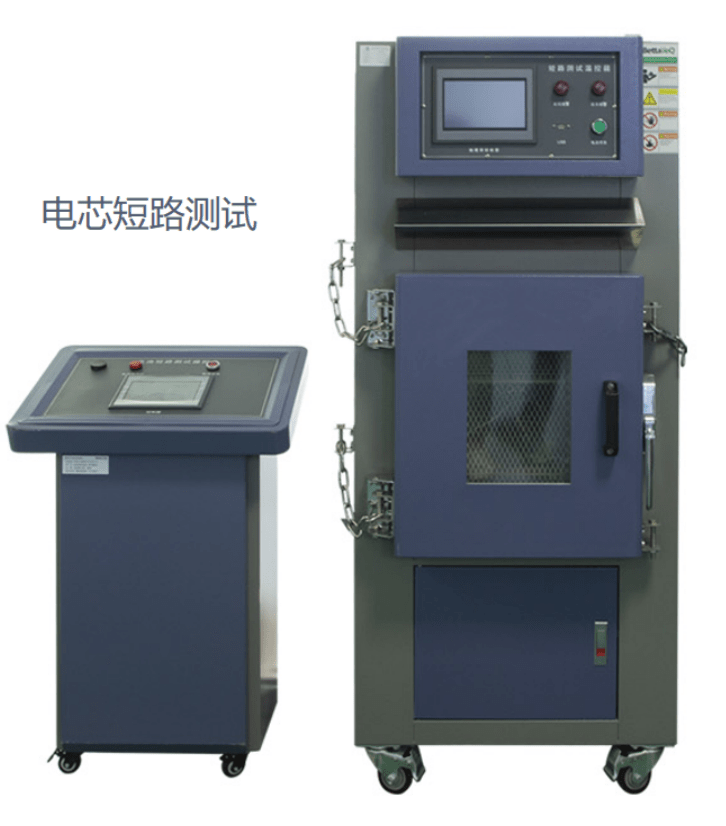
The Short-Circuit Test evaluates the battery cell’s response to a direct short circuit. During this test, the battery is deliberately short-circuited by connecting its positive and negative terminals with minimal resistance. The test monitors the cell for any hazardous reactions such as overheating, fire, or explosion. This test is critical for ensuring that the power bank remains safe even in the event of a short circuit.
Capacity Sorting Test
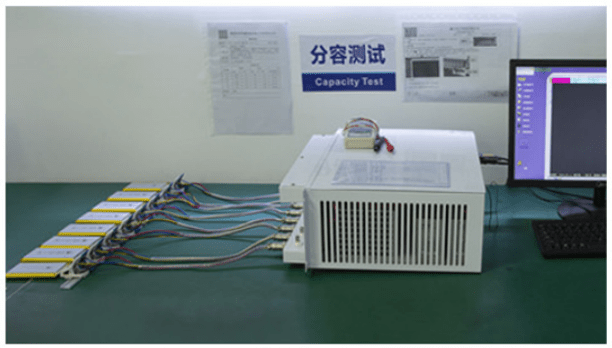
The Capacity Sorting Test measures and categorizes battery cells based on their capacity. Each cell is charged and discharged under controlled conditions, and its capacity is measured to determine its suitability for use in power banks. Cells with similar capacities are grouped together to ensure consistent performance in the final product. This test is essential for maintaining quality control and ensuring that the power bank delivers the advertised capacity.
High and Low Temperature Test

The High and Low Temperature Test examines the power bank’s performance across a range of extreme temperatures. The power bank is subjected to both high and low temperatures to assess its functionality, charging efficiency, and safety in different environmental conditions. This test ensures that the power bank operates reliably whether it’s used in very hot or cold climates.
Alcohol Wear Test
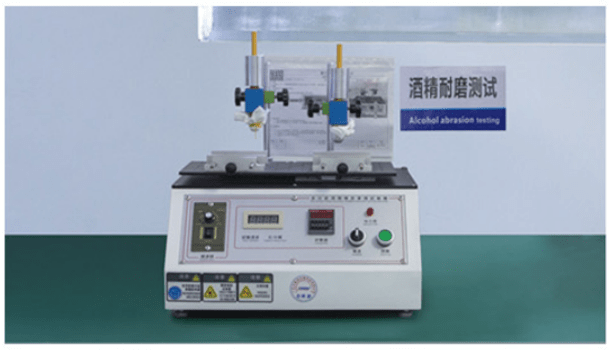
The Alcohol Wear Test evaluates the resistance of the power bank’s surface to wear caused by alcohol-based cleaning agents. A cloth soaked in alcohol is rubbed against the surface of the power bank to simulate cleaning. The test checks for any discoloration, damage, or degradation of the surface material. This test is important for ensuring that the power bank maintains its appearance and durability even after frequent cleaning.
Pull Test
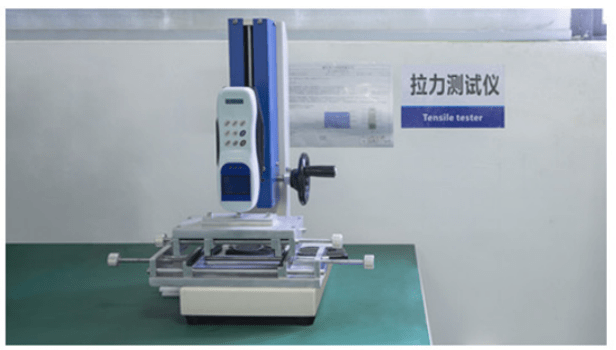
The Pull Test assesses the strength of the power bank’s connectors, such as USB ports and attached cables. A tensile force is applied to these connectors to ensure they can withstand a certain amount of pull without becoming detached or damaged. This test is crucial for ensuring the durability and reliability of the power bank’s external connections during regular use.
Salt Spray Test
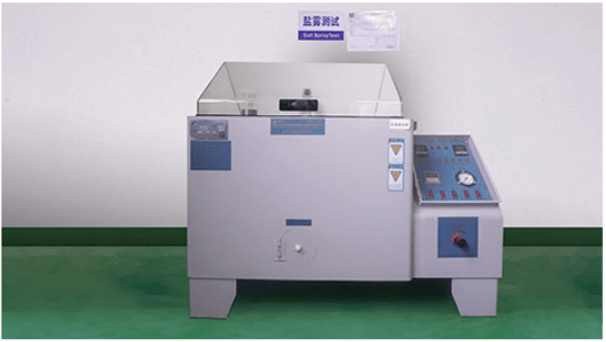
The Salt Spray Test evaluates the corrosion resistance of the power bank, especially its metallic components. The power bank is exposed to a salt-laden mist in a controlled chamber for a specified duration. After the test, the power bank is inspected for any signs of corrosion or rust. This test is important for ensuring the longevity of the power bank in humid or coastal environments.
Vibration Test
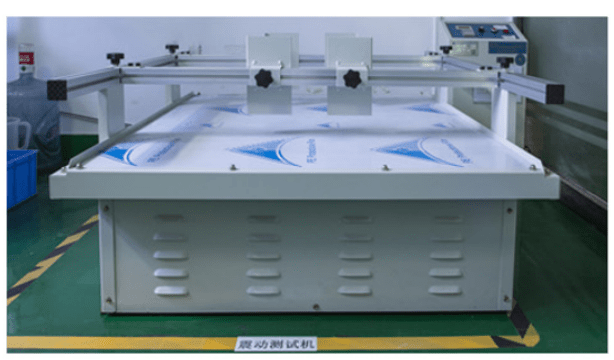
The Vibration Test assesses the power bank’s ability to withstand vibrations during transportation or daily use. The power bank is placed on a vibrating platform that simulates different levels of vibration over a set period. This test ensures that the internal components of the power bank remain secure and functional despite exposure to vibrations.
Flammability Test
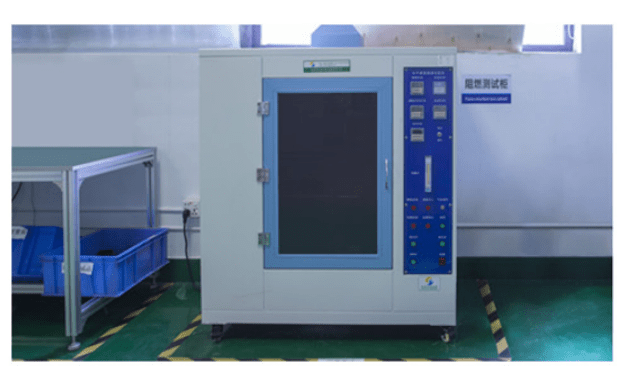
The Flammability Test determines the power bank’s resistance to catching fire when exposed to high temperatures. During this test, parts of the power bank are exposed to a flame to assess how quickly they ignite and how the fire spreads. The goal is to ensure that the power bank’s materials are flame-retardant, reducing the risk of fire in case of a malfunction.


